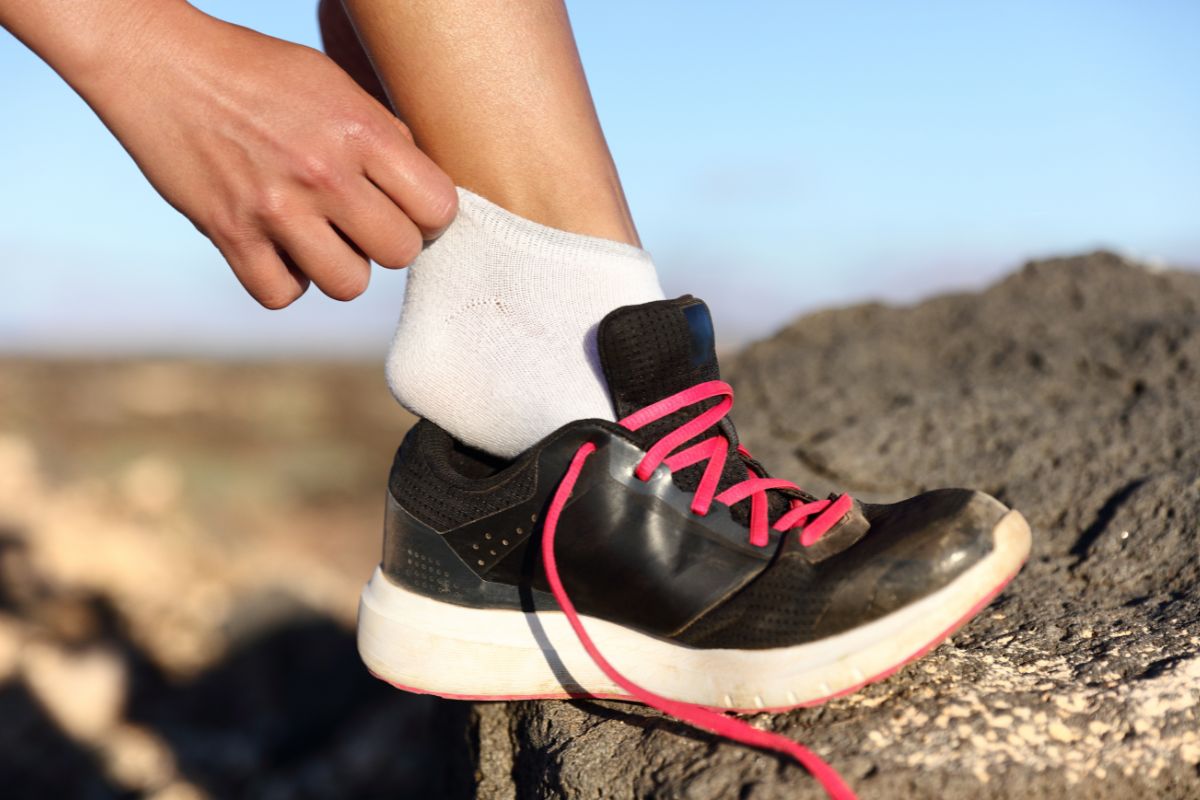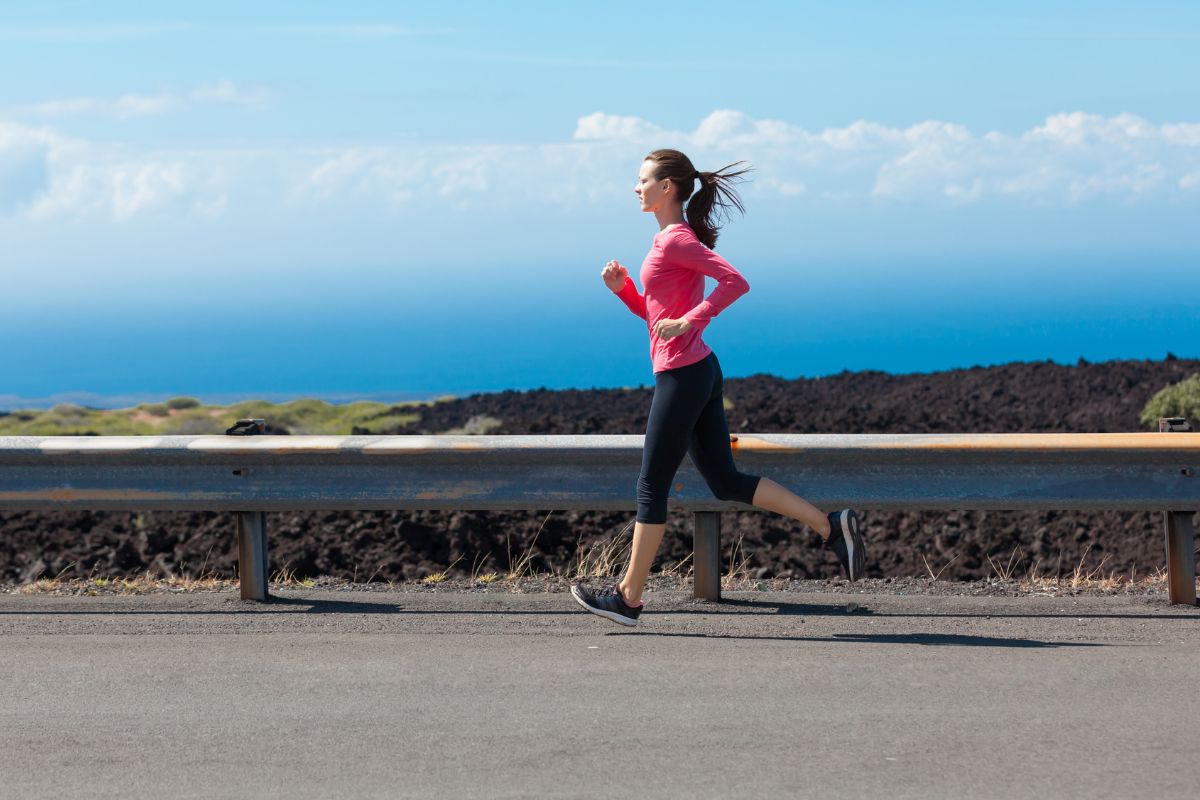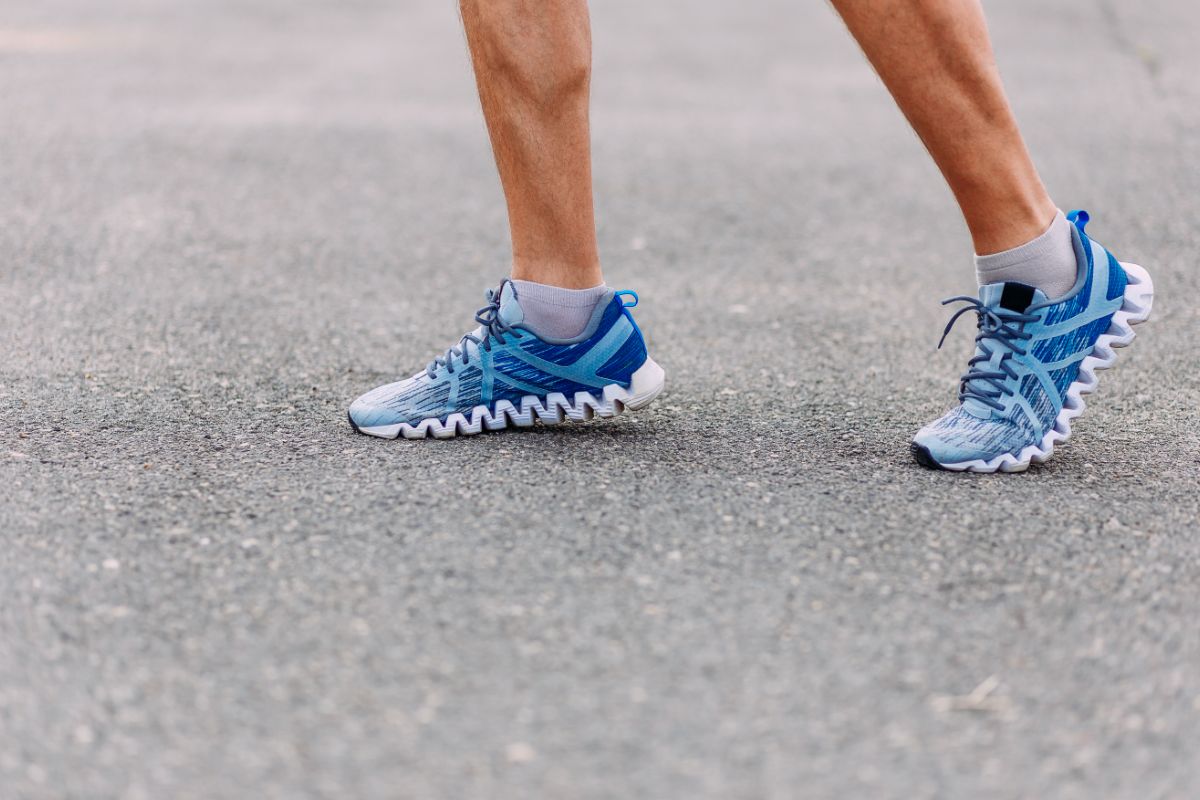Did you know that your running shoes have a massive effect on your running performance?
Well, now you do! And knowing exactly how your running shoes should fit is one of the first steps (pun intended) to increasing your running performance and reducing the risk of injuries.

Wearing suitably fitting running shoes will improve your foot strikes, pace, power, and endurance.
And no matter whether you run outdoors or on a treadmill, making sure your running shoes fit you properly is equally important.
You might be thinking about investing in a brand new pair of running shoes. If that’s the case, don’t buy them until you have read this short guide on how running shoes should fit!
Tight But Comfortable
Needless to say, running shoes should match the exact size of your feet. And, if available, considering half sizes is also worth it. To put it simply, if the running shoes don’t fit your size, don’t wear them for running!
But along with finding the right size, it’s even more important that the running shoes feel tight but comfortable with the laces appropriately done up.
Your running shoes should be snug all over (at the heels, sides, and top of the feet), with just enough space for your toes to move.
And for toes, a good rule of thumb is, well, to have at least a thumb of space between your toes and the front end of the shoe!
Heel Support
If your heels feel supported when wearing any running shoes, this is a good indicator that the shoes are a suitable fit. The heels should feel locked in place, with no slippage when walking or running.
You can test the heel support further by moving your foot around in a 360-degree motion, as well as up and down, like you’re performing heel and toe raises.
The same applies here: your heel should feel locked in and not slip out of place.
It should go without saying that an unsupported heel will result in blisters!
Arch Support
Like heel support, arch support is another big factor to take into consideration.
Everyone has different shaped foot arches (low arches and high arches), so choosing the best running shoes that match and support your arch shape is important.
The first thing to do is to consider the shape of your foot arches. When standing, assess whether you have a high arch or low arch. You might find that the insides of your feet touch the floor or are slightly raised.
So, when looking at and trying on running shoes, considering the shape of the insole in regard to the shape of your arches is vital.
And ideally, you’ll need to try them on to get the best idea of whether or not it feels comfortable.
Wearing running shoes that do not support your foot arches can result in reduced running performance, pain, and blisters.
Despite that, it is possible to purchase arch support insoles if you think your running shoes don’t support your arches correctly.
Feet Width

We all have different feet widths. Some have narrow feet while others have wider, flatter feet.
This is super important to think about when considering new running shoes, as if the running shoes have too much width, or are too narrow, this will result in reduced running performance and even pain.
Unfortunately, though, finding out the width of a specific pair of running shoes isn’t always available!
It’s possible to look at the shape of the running shoes but, ultimately, the best way to know if the running shoes match the width and shape of your feet is to try them on and move around.
As mentioned earlier, running shoes should feel snug but not constricted when the laces are tied!
Consider The Soles
Something also worth mentioning here is the soles of the running shoes.
The soles are important for offering shock absorption and general footfall support, so standing in and moving around in the running shoes should feel comfortable and natural.
Running shoe soles are designed with different shapes, but generally you can expect that most running shoes will have soft, spongy soles that are thicker under the heel of the foot – sometimes protruding at the rear.
As a result, your feet will be at a slight decline angle. This should feel comfortable and natural when moving and running, however, and not as though you are overly elevated or off-balance.
Take Your Socks Into Account
Don’t forget that your socks are a big factor when it comes to shoe fit. And for the best overall performance when you head out to run, purchase suitable running socks and consider the thickness of them when trying on any new pair of running shoes.
If your feet can slide around inside the shoes, or if you have to wear thick socks for your running shoes to “fit”, they’re definitely too loose!
Not wearing suitable running socks can also cause blisters – something you want to avoid as these can reduce running performance as well as prevent you from running altogether until healed.
Final Word
In short, running shoes should feel snug and comfortable, but without excessive tightness or looseness at the sides and top of the feet.
Your heels and arches should feel supported and locked in place (zero slippage), and your toes should have just enough room to wiggle around!
Ultimately, however, it all boils down to whether or not they feel comfortable when you are running in them.
And in some cases, running shoes might feel comfortable when you try them on, but uncomfortable when you are running.
There’s nothing wrong with a bit of trial and error, though. And with time and experience, you’ll know exactly which running shoes are best for you.
You may even find a specific running shoe model that becomes your go-to!
Despite that, our tips listed above are the best ways to know how your running shoes should fit overall. Make sure to save this page for future reference!
- Can Dogs Run Faster Than Humans? (Running With Your Furry Friend) - October 4, 2022
- 10 Doggie Fun Runs You Will Love [Ultimate Guide] - October 4, 2022
- What Are Division Results In Running? - October 4, 2022








